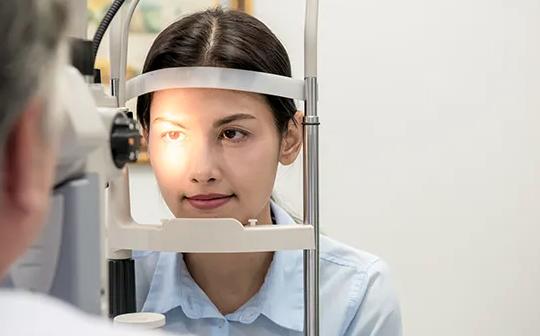Needless to say, diabetes is a long-term chronic disease with endless complications. Remember, poor management can lead to a higher risk of developing diabetic retinopathy, which occurs due to damage in the retina induced by high blood sugar levels. If retinopathy is not treated timely, it can gradually lead to reduced vision and even worse, blindness.
However, a South Korea-based research team from Pohang University of Science & Technology (POSTECH), led by Professor Sei Kwang Hahn and Ph.D. candidate Geon-Hui Lee (Department of Materials Science and Engineering), collaborated with Dr. Sangbaie Shin of PHI BIOMED Co. has developed a smart wearable LED contact lens, which can help prevent and treat the condition in its early stages.
The LED contact lenses prevent retinopathy by irradiating 120 W far-red/LED light directly to the retina. To test the innovative device, the researchers examined it on diabetic animal models for a total of 8 weeks.

And, it was found that, in time of 8 weeks, animals that wore the lenses for about 15 minutes 3 times a week didn’t develop the condition, on the other hand, the animals that did not wear the lenses showed the signs of retinopathic conditions.
RELATED NEWSThe condition is not hard to diagnose. An ophthalmologist (eye doctor) can easily spot diabetic retinopathy by running a simple test, wherein, the doctor would be monitoring abnormal or growth of blood vessels, bleeding in the center of the eye, and retina swelling.
As per Cleveland Clinic, when the condition gets severe, one may suffer symptoms like trouble in reading or seeing faraway objects, blurred or distorted vision, color blindness, poor night vision, and small dark spots.
The conventional treatments of diabetic retinopathy include two highly painful procedures— one is highly invasive, wherein repeated therapeutic injections are administered to the eyeball, meanwhile, in other procedures, the patient after administrating anesthesia goes through thousands of small burns that are made with a laser to destroy capillaries near the retina.
Read all the Latest News , Breaking News and Ukraine-Russia War Live Updates here.









